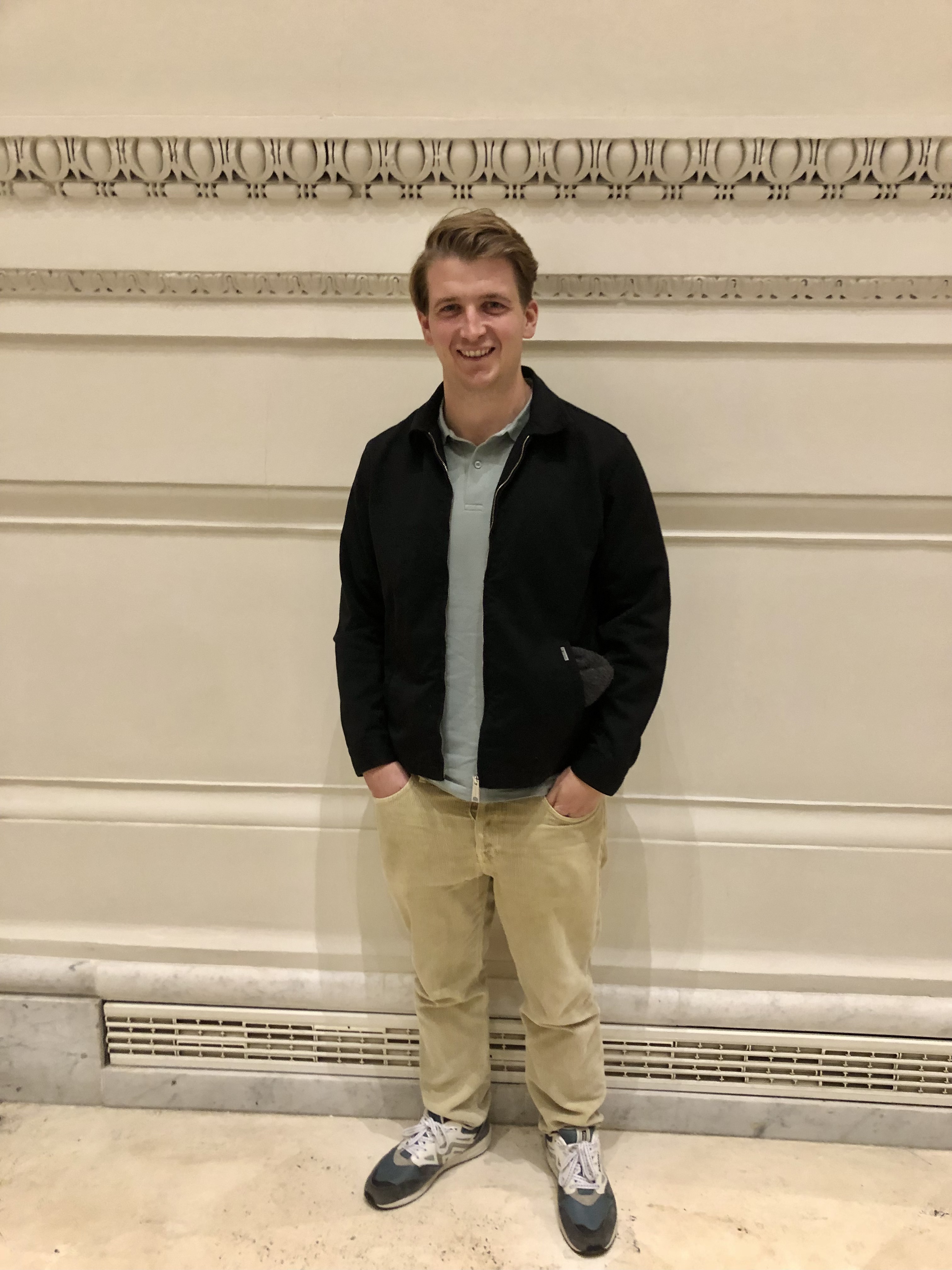In December I travelled to Rome, with fellow UK ATC staff working on the Square Kilometer Array Observatory (SKAO), to meet with the other software teams for an in-person weeklong planning event.
 The SKAO is a next generation radio telescope, which will be the world's largest radio observatory once operational by the end of the decade. Radio astronomy uses the magic of interferometry, which combines the signals of multiple receivers spread over a larger area to make an image much more detailed than possible from just a single dish.
The SKAO is a next generation radio telescope, which will be the world's largest radio observatory once operational by the end of the decade. Radio astronomy uses the magic of interferometry, which combines the signals of multiple receivers spread over a larger area to make an image much more detailed than possible from just a single dish.
Once completed SKA will be split over two sites: SKA MID in Southern Africa, which will consist of 197 large dishes, and SKA LOW in Australia, which will be made up of over 130,000 antennas. It is a truly global project headquarterd at Jodrell Bank in Cheshire and with member states around the world.
The software effort on this project is huge – there are over 20 teams delivering different software components which need to be integrated together. These planning events happen every 3 months for all the software teams and are a chance to figure out the details of what we are working on, collaborate with the other teams, and make sure we are all aligned to a common goal.
Post-COVID they have mainly been remote. My team (Buttons) is made up of UK ATC employees in Edinburgh and developers from industry (CGI) in the UK.
The planning meeting in Rome was the first in-person meeting with all the teams in one location since I joined the project two years ago. Remote interactions with other teams work well within SKA, however there is something irreplaceable about meeting people in person, particularly to discuss technical issues.
The meeting location was at a hotel just outside of Rome city centre; most of the attendees were also staying at the hotel and working in breakout rooms, with large meetings for all the attendees happening throughout the week.
Being able to knock on another team's door to ask a question makes the process so much more efficient, especially as the software is now reaching a point where the teams are collaborating more and more.
Meeting new people and building relationships over breakfast or a coffee break (or a game of table football or bowling in the evening!) is also so beneficial longer term, as we all go back to being on Zoom or Slack having that real life connection makes communicating or reaching out much easier.
 These planning weeks tend to follow a similar pattern: starting the week full of enthusiasm with talks from various members of the leadership team, a few busy days of breakout sessions involving lots of discussion with stakeholders and other teams, probably a low point somewhere on the Wednesday where the path towards where we want to end up isn't clear, and then new ideas and ways of working coalesce, there are exciting breakthroughs, next stages reveal themselves and the plan all comes together by the end of the week.
These planning weeks tend to follow a similar pattern: starting the week full of enthusiasm with talks from various members of the leadership team, a few busy days of breakout sessions involving lots of discussion with stakeholders and other teams, probably a low point somewhere on the Wednesday where the path towards where we want to end up isn't clear, and then new ideas and ways of working coalesce, there are exciting breakthroughs, next stages reveal themselves and the plan all comes together by the end of the week.
Though they are quite long and intense, I always come away feeling motivated and excited to get working on what we have planned, and more connected to the wider project.
The UK ATC contribution is to the observatory software for the SKA. This suite of applications will be used by astronomers to propose and design observations, and telescope operators to schedule, execute and manage those observations. Developing astronomer facing software up in Edinburgh, the physical telescope can sometimes feel a little abstract.
The planning weeks are also an opportunity to get updates on the construction of the telescopes, and I enjoyed seeing photos of the progress on the two sites and the logistics of building parts of the telescope all around the world before transporting them to these remote areas.
It was a bonus that this meeting was held in one of the most beautiful cities in the world. I was happy to get a chance to do some sightseeing at the weekend, and on the Thursday night we were hosted at the INAF 'Time Machines' exhibition. This featured displays on the large astronomy projects that Italy have contributed to, and many had also benefitted from STFC's contribution such as SKAO, ALMA, and the Very Large Telescope (VLT).
All in, it was a very successful week with lots of collaboration and team building. This will only become more important as the software is integrated at the different construction milestones and the SKA starts to deliver cutting edge science as the world's leading radio telescope.
Find out more about UK ATC's role on SKAO.
